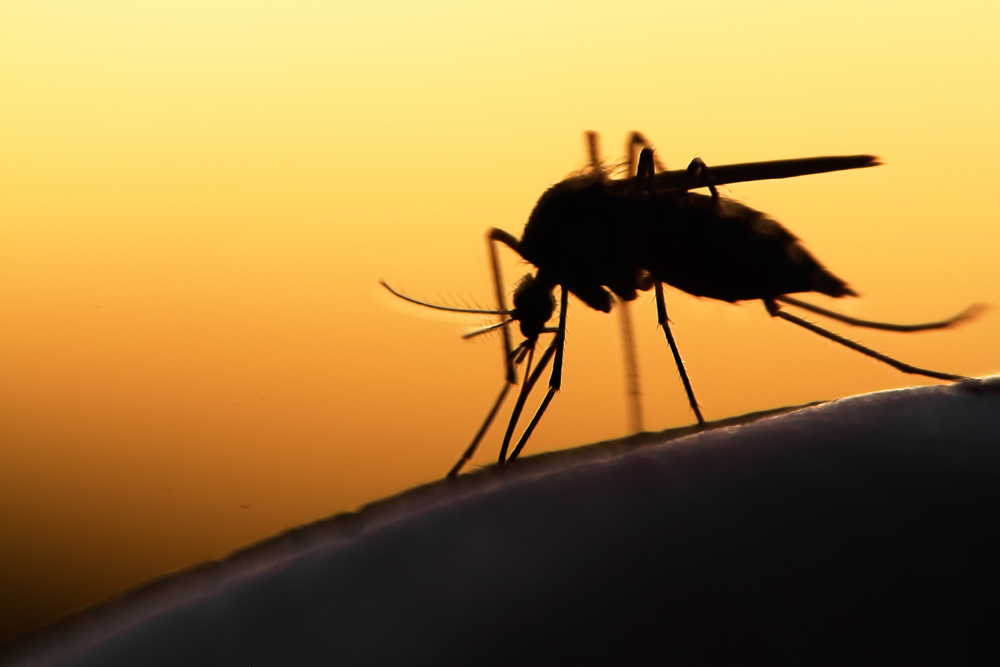Most people will have seen the recent news coverage of the problems being caused by the Zika virus, and the way it affects the foetus during the early stages of pregnancy. The Zika virus is mainly transmitted by female Aedes mosquitoes during the daytime. However, there is a much more widespread and deadly disease transmitted by mosquitoes, and one that we need to know about as part of the International Diploma syllabus – malaria. Although it’s covered in element IB5.1, not many students were able to answer a recent exam question set on the topic of malaria. So in this post I’ll be covering everything you need to know.
Malaria kills nearly half a million people every year, most of them children. Ninety percent of cases are in Africa, however around half the world’s population is at risk because they live in areas where malaria can be caught. Endemic areas are mainly Sub-Saharan Africa, the Indian sub-continent, South Asia, and northern South America. WHO (World Health Organisation) estimated that there were over 214 million cases of malaria in 2015.

Malaria is caused by the malaria parasite, or plasmodium, which spends part of its life cycle in the human body and part in the female Anopheles mosquito. It cannot survive outside one of these hosts. The female mosquito feeds on human blood at night, injecting saliva which acts as an anti-coagulant, enabling it to suck up very small amounts of the victim’s blood. As the malaria parasites enter the blood stream in the mosquito’s saliva, they infect and destroy red blood cells. This can have a variety of effects on the person who has been bitten. To start with, the person gets fever and flu-like symptoms. These are similar to those that people get for a wide range of other diseases, so it can be difficult to diagnose. This can progress to severe breathing difficulties, low blood sugar, anaemia, and can even lead to a coma. If untreated, this can then lead to death. Prompt treatment is needed to prevent malaria progressing to the severe stages. It cannot be passed from one person to another without the intermediate stage of parasite development in a mosquito.
WHO advise that the first method of controlling the spread of malaria is by preventing mosquito bites during the night. This can be done by sleeping under mosquito nets treated with insecticides, wearing protective clothing and using insect repellents. Travellers are advised to take preventative medicines such as quinine, chloroquine and mefloquine, before, during and after visiting malarial areas. However, resistance to these drugs is growing and they are not as effective as they used to be. For people living in malarial areas it is important to take steps to limit the numbers of mosquito’s by reducing the areas where they can breed. Mosquito’s need stagnant water to breed, so trying to eliminate areas of stagnant water by disposing of empty containers and draining swampy areas near where people live can make a big difference. Widespread spraying of insecticides in breeding grounds can be effective, but has effects on other wildlife too, and new strains of mosquitoes have been emerging that are resistant to these insecticides. Health education is important to ensure that local communities understand how malaria is transmitted and how it can be prevented.
Although there’s a lot of research being done, there is not yet a vaccine available which gives protection against malaria. It is important to remember that preventative medicines like quinine are not vaccines and only provide temporary protection.
You can find out more about malaria on the internet at websites like:
Medicines for Malaria Venture
http://www.mmv.org/malaria-medicines?gclid=CNjD9vSCtMsCFUa4Gwod-bAIsw
World Health Organization
http://www.who.int/malaria/travellers/en/
Malaria Foundation International
http://www.malaria.org/backgroundinfo.html
Kim Batten
